
Fathers who are involved with caring for their children may potentially have positive benefits for the child’s health.

Fathers who are involved with caring for their children may potentially have positive benefits for the child’s health.
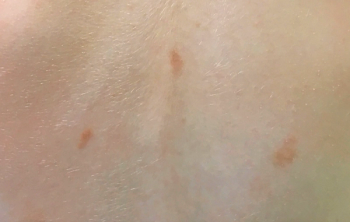
A healthy 3-year-old girl presents for evaluation of light brown spots on her trunk and extremities that have appeared over the last 2 years. The spots are not symptomatic but the girl’s parents are worried that she could have neurofibromatosis.
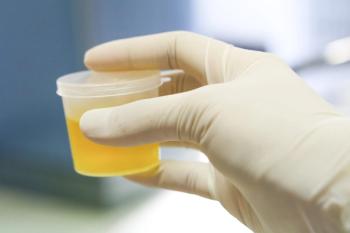
Rapid drug screening immunoassays quickly assess pediatric patients for drug exposure. However, certain limitations of these immunoassays call for caution when interpreting presumptive positive results.
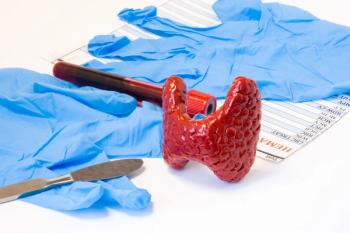
Quality and quantity go hand-in-hand when it comes to surgical outcomes, according to a new report highlighting positive outcomes at high-volume thyroid surgery centers.

Young children whose parents are screened via telephone about their offspring’s development are far more likely to be referred for evaluation and to receive services than children who receive usual care from their primary care provider (PCP), a randomized trial involving 152 youngsters found.

Contemporary Pediatrics sits down exclusively with Philippe F. Backeljauw, MD, a pediatric endocrinologist to discuss the one key condition for which he believes community pediatricians should be especially aware-Turner syndrome.

This month’s Riddle Me This! online quiz explores the study evidence to reveal some unexpected traits, risk factors, and trajectories for these children. Are there common functional skills traits in younger bullies? What does the literature say about the familial linkage of bullying-is it learned at home?
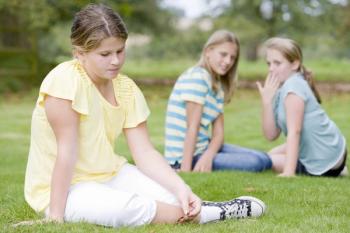
Bullying is a preventable health problem that has lasting impacts. Pediatricians need to screen patients for risk factors, empower families with coping skills, and advocate for antibullying resources in their communities.

Despite the growing involvement of fathers in their children’s lives, there persists a lack of focus on fathers in pediatric care. Updated guidelines can help pediatricians to better engage fathers in the care of their children.

Maternal smoking has been linked to later development of attention-deficit/hyperactivity disorder (ADHD) in offspring in many studies, but a recent report shows that heavier smoking increases the risks even more.

Making some simple changes to your practice can improve patients’ compliance and keep them loyal to your medical home.

Living in a dwelling that is close to greenspace reduces youngsters’ risk for behaviors associated with neurobehavioral problems. This relationship varies with the type of behavior, the child’s age, and the proximity of the greenspace, according to a study conducted in an ongoing prospective birth cohort.

A previously healthy 15-year-old female presents to the emergency department (ED) with complaints of right-sided neck swelling, pain, decreased range of motion, and fever for 3 days. She also reports a sore throat and mouth pain with decreased oral intake. She denies any rhinorrhea, shortness of breath, difficulty swallowing, vomiting, or dental pain. What's the diagnosis?

We know that there is so much for you to read and only so much time. To help you get through that stack of reading, we've picked 5 studies to highlight.

When parents and children read a book together they have better collaborative experiences when the books are traditional print volumes than when they are tablet-based (electronic) books, according to a recent study in 37 parent-toddler pairs.
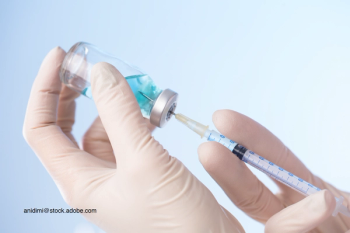
Take our latest poll and let us know if you have seen an increase in a requests for the MMR vaccine in the wake of the current measles epidemic.

The number of children dying in hot cars is on the rise, but the National Safety Council has developed a new tool to help parents understand heatstroke and avoid tragedy.
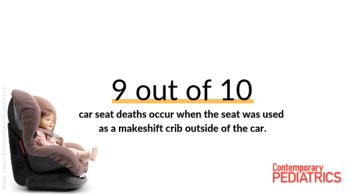
Here are the 6 news stories from the past week that you can't afford to miss.
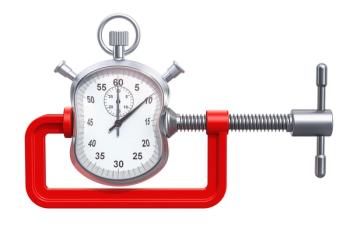
What's the reason behind the lack of following the newest peanut introduction guidelines? Brent Smith, PA-C, MMS, NCCPA, argues that the recurring reasons come back to a lack of time and understanding.

More adolescents are turning to the emergency department for help during mental health crises, leading researchers to call for better treatment and prevention strategies.

The rate of measles cases in the United States for 2019 has climbed to numbers unheard of in decades. Here are 10 facts to know and share with the parents in your practice about measles.

Best practices for both hospital and ambulatory care centers include methods to encourage the continuous educational development of all members of nursing and interprofessional (IP) teams. One successful, but sometimes resisted strategy, is to engage all members of the team in planned monthly journal club luncheons in which the members review a recently published article that may impact practice management strategies.

As in adults, antibiotics and proton pump inhibitors (PPIs) that change the microbiota of the gut can increase risks for developing Clostridium difficile-C diff-in pediatric patients.



There isn’t just one thing that can prevent drowning, but rather a combination of interventions from education and swim lessons to physical barriers, according to a new policy from the American Academy of Pediatrics.

Research suggests a family history of mental and neurologic disorders may increase risk factors for diagnosis of autism spectrum disorder in a child.

A new study suggests that patients may develop a tolerance to cannabidiol (CBD) oil over time, resulting in a loss of efficacy for seizure control.

Pediatricians must be able to identify emergent neurologic problems when they present in the office or are suspected in children and proceed with appropriate workup and treatment.

Adolescents who initially screened as being at highest risk for alcohol problems on a 2-question screen were more likely than their peers to have more drinking days and be at higher risk for alcohol use disorders at 1, 2, and 3 years after the screen, a large study showed. Participants were 12- to 17-year-olds treated for a non–life-threatening injury, illness, or mental health condition in 1 of 16 pediatric emergency departments.